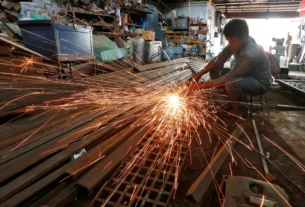In Short : The Bijuri Municipal Council in Anuppur district, Madhya Pradesh, has issued a Request for Proposal (RFP) to select consultants for preparing a Detailed Project Report (DPR) for a proposed 10 MW solar photovoltaic (PV) project.
The solar plant will be located in wards 12 and 13 and is part of a ₹100 crore infrastructure augmentation plan. This initiative aims to boost renewable energy adoption and promote sustainable urban development at the municipal level.
Background and Goals
Solar energy adoption is growing rapidly in smaller towns like Bijuri. It offers a sustainable way to modernize infrastructure while improving residents’ quality of life.
The DPR will include:
- An ideal site plan for maximum solar exposure.
- Panel orientation to optimize sunlight capture.
- Integration with the local electricity grid.
These steps will ensure the system supports urban growth and meets energy efficiency goals.
Consultant Selection Process
The council will use a two-phase evaluation to choose the consultant:
- Technical Evaluation – Based on financial strength, team expertise, and relevant project experience.
- Financial Evaluation – Selecting the most cost-effective proposal for DPR preparation.
Contracts will include performance guarantees and run for one year, with the option to extend for another year.
Although pre-bid meeting dates and submission deadlines have not been announced, consultants should prepare for typical municipal project timelines.
Impact on Renewable Energy Growth
While a 10 MW project is small compared to utility-scale solar parks, it can serve as a proof of concept for other municipal projects.
If successful, it may:
- Attract investor interest in small-town solar initiatives.
- Influence state and central government solar programs.
- Encourage distributed solar installation across rural districts.
Strategic Importance for Sustainable Development
This project aligns with India’s national solar mission, rooftop solar subsidies, and green urban development policies.
The DPR will outline:
- System design and technology selection.
- Financing options for long-term viability.
- Environmental impact assessment.
- Operational performance projections.
Conclusion
The Bijuri 10 MW solar project is a strong example of how local governance can lead the transition to clean energy.
It offers a valuable opportunity for consultants, engineers, and renewable energy firms to showcase expertise in municipal-scale solar solutions. Over time, such projects can reshape energy investment trends and contribute significantly to India’s sustainable energy future.



